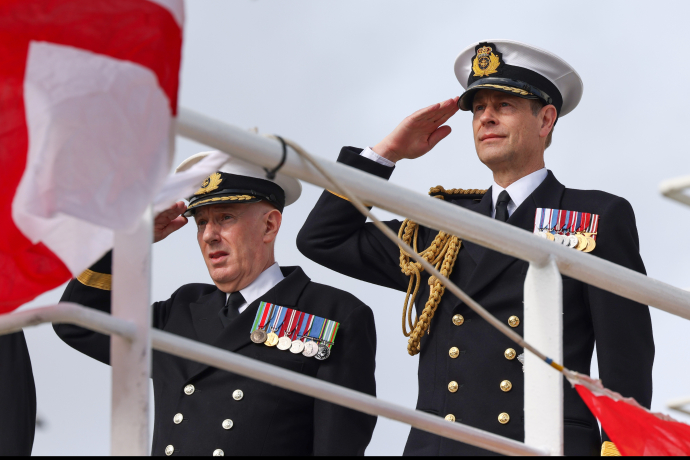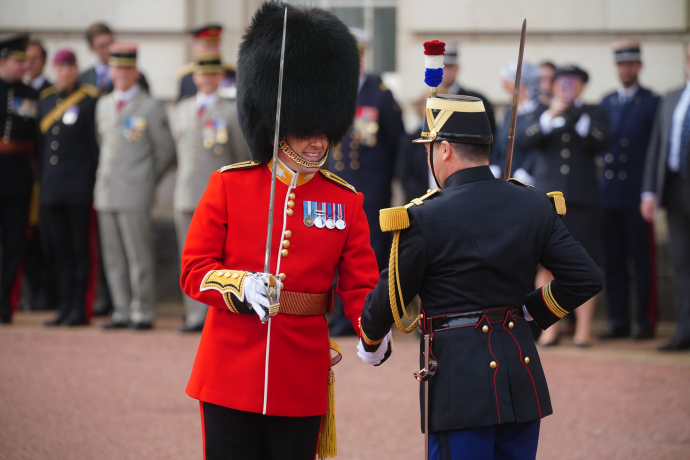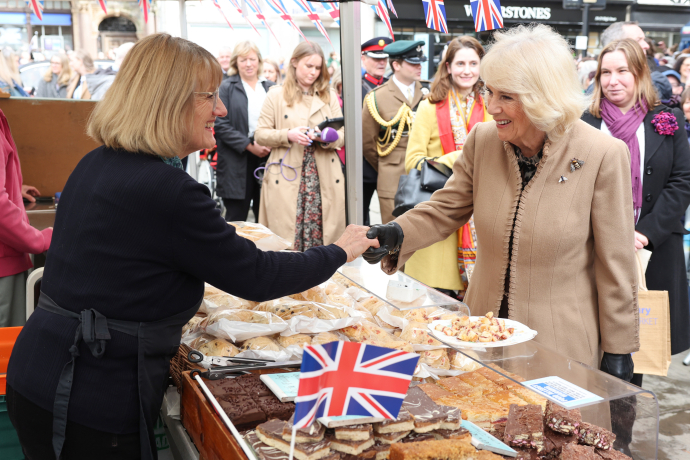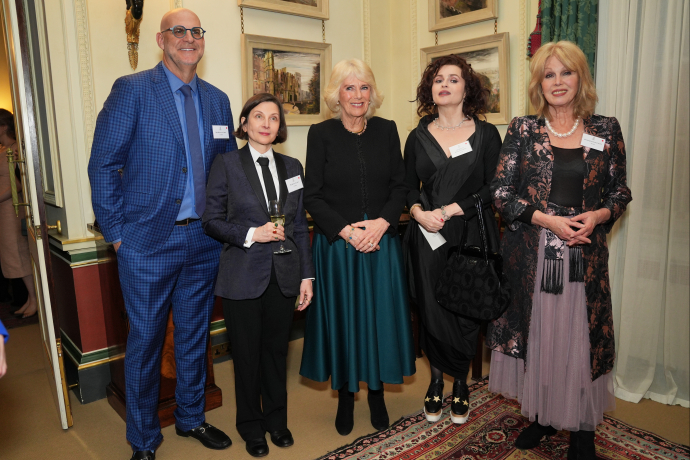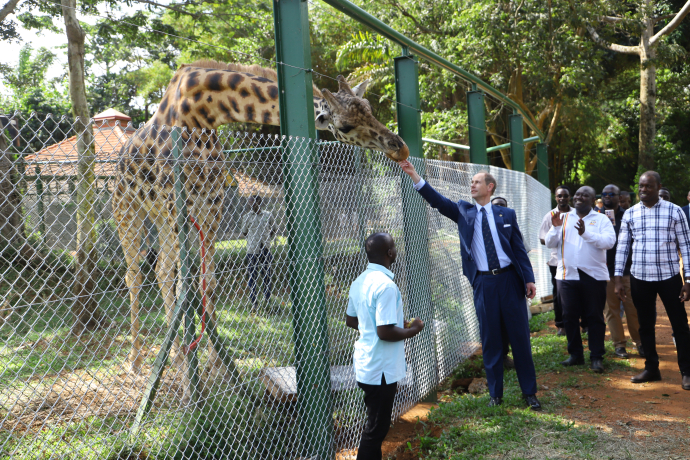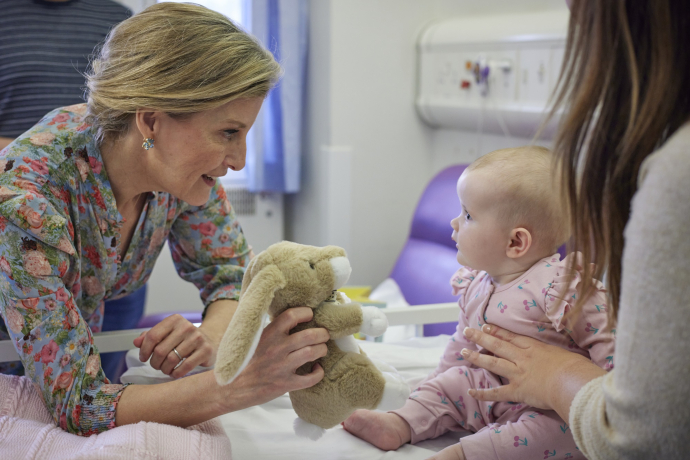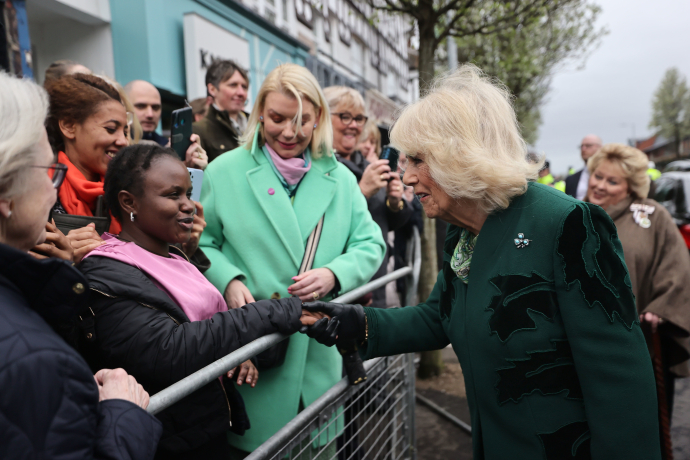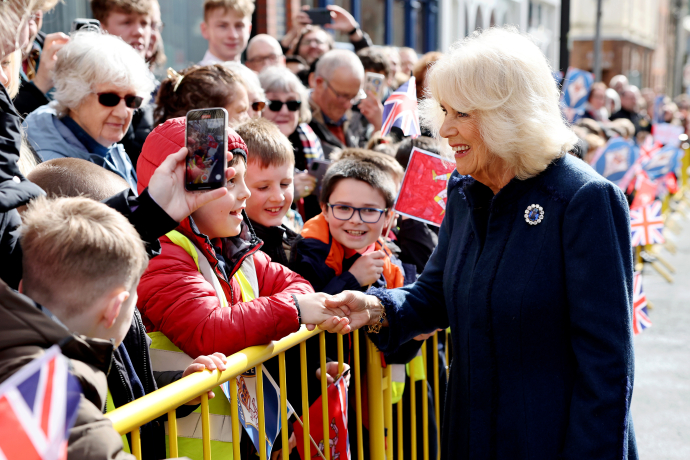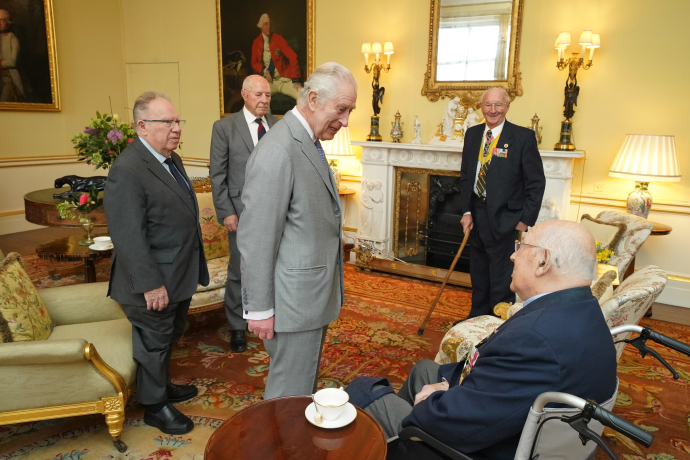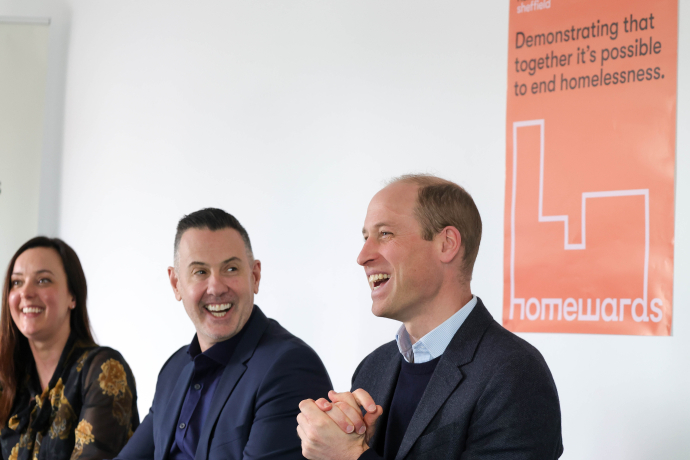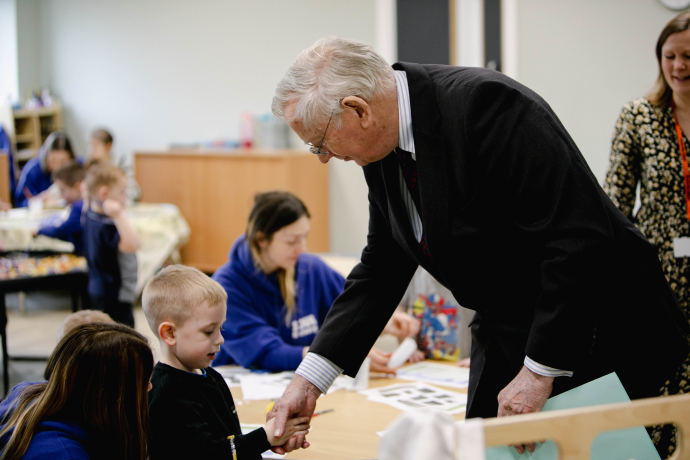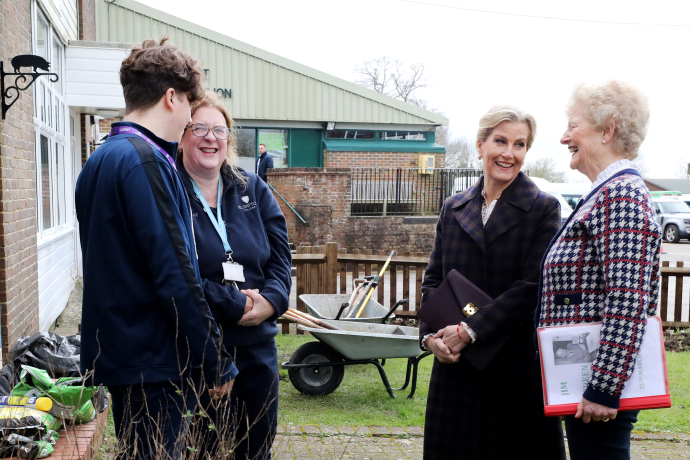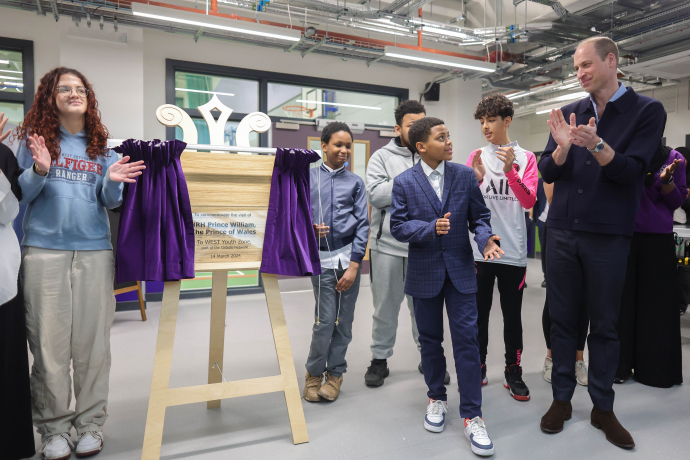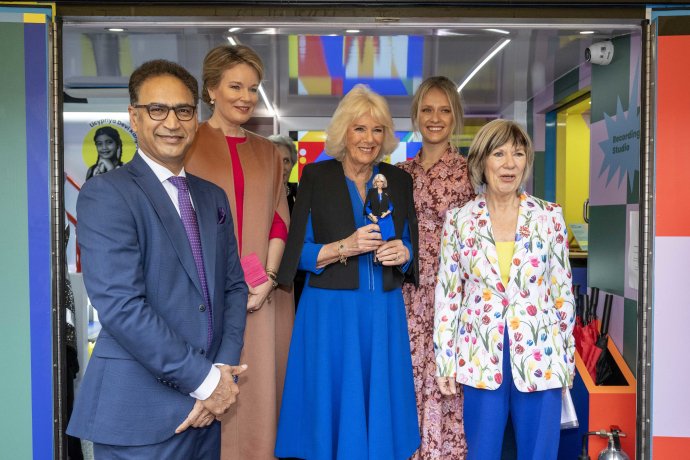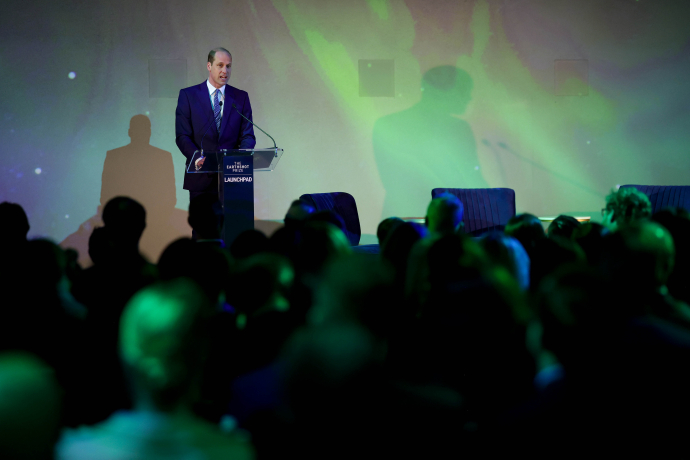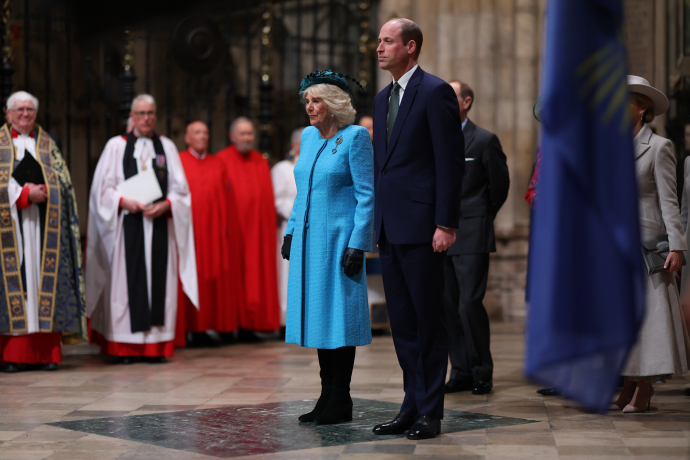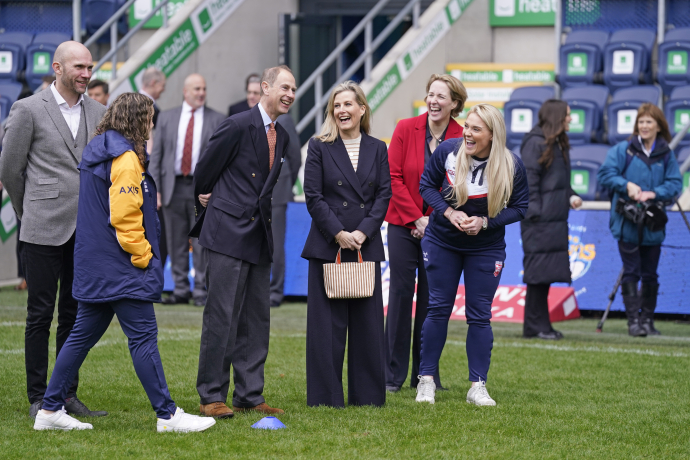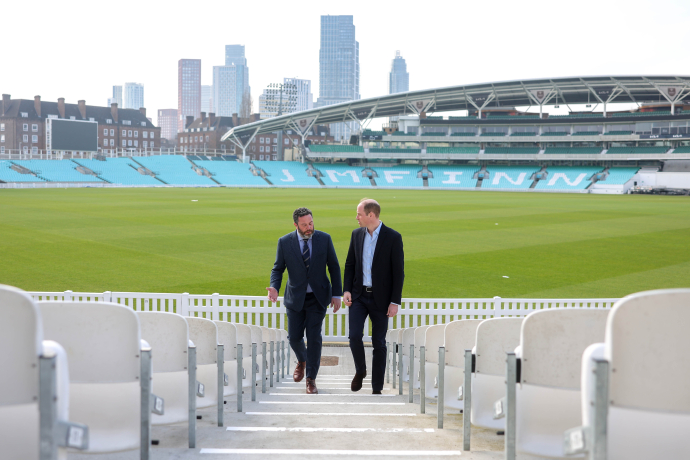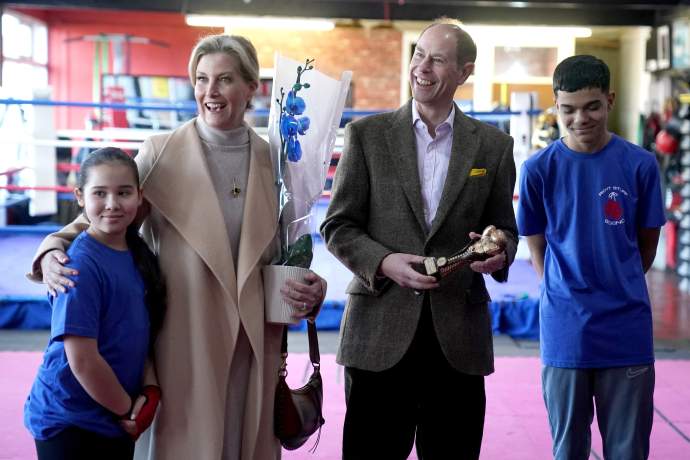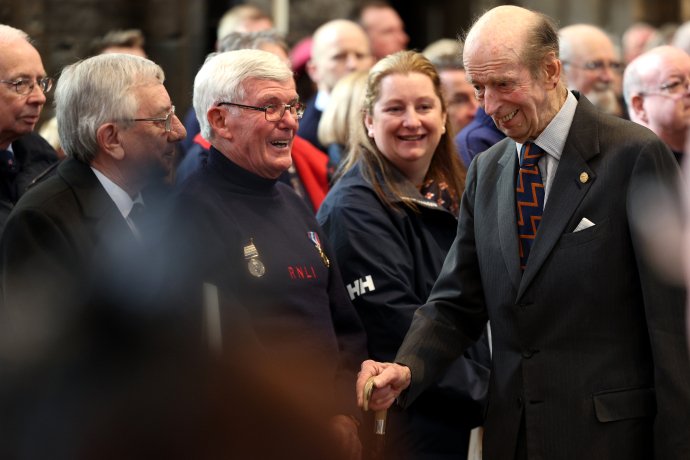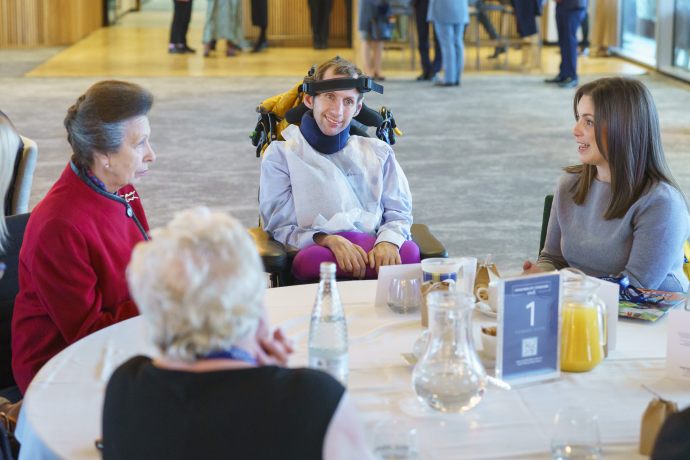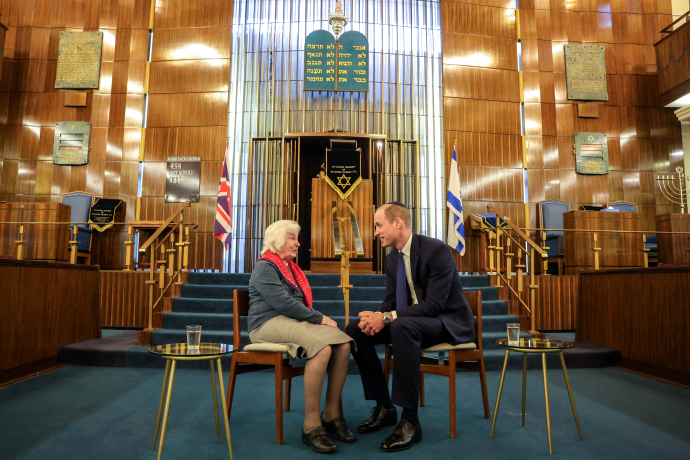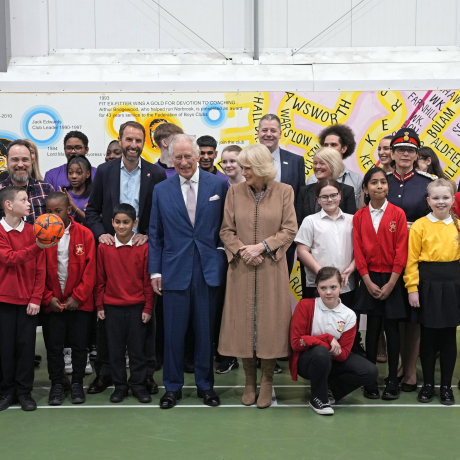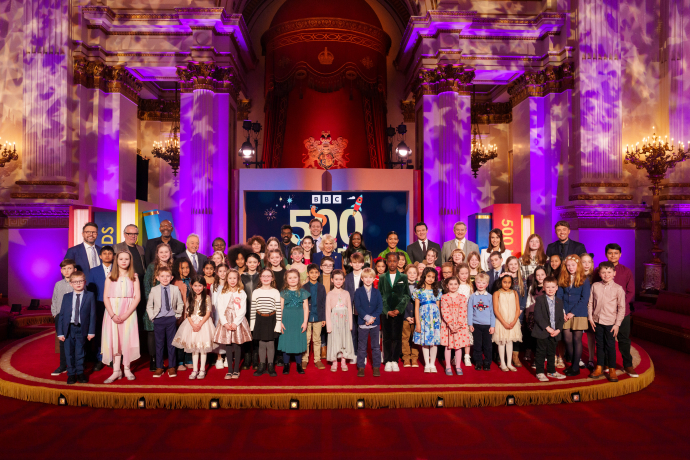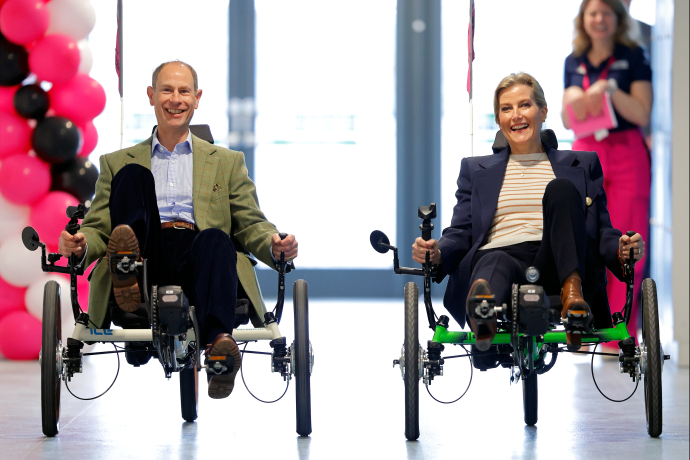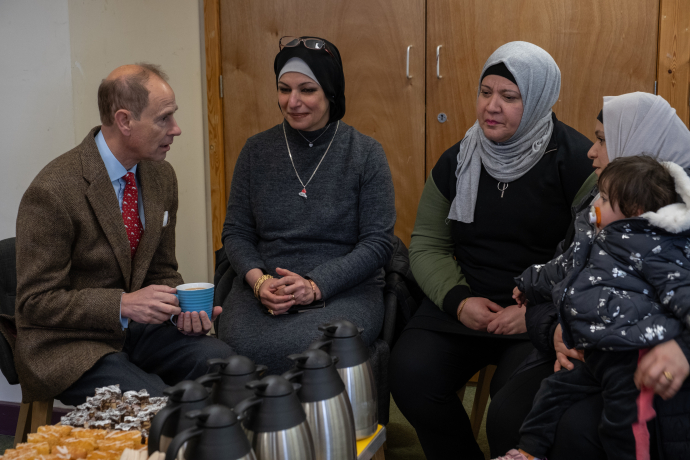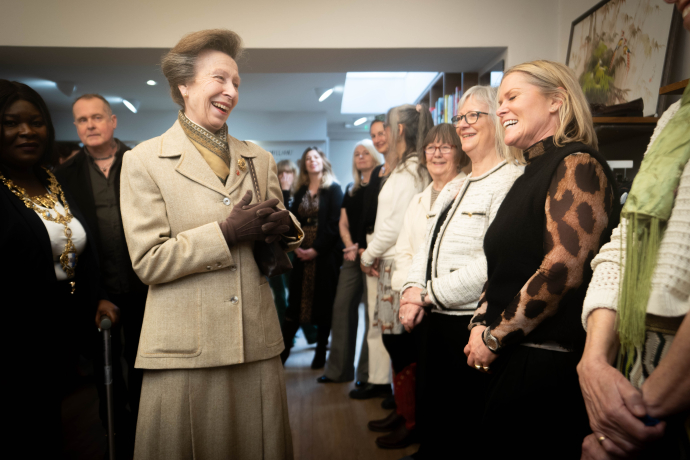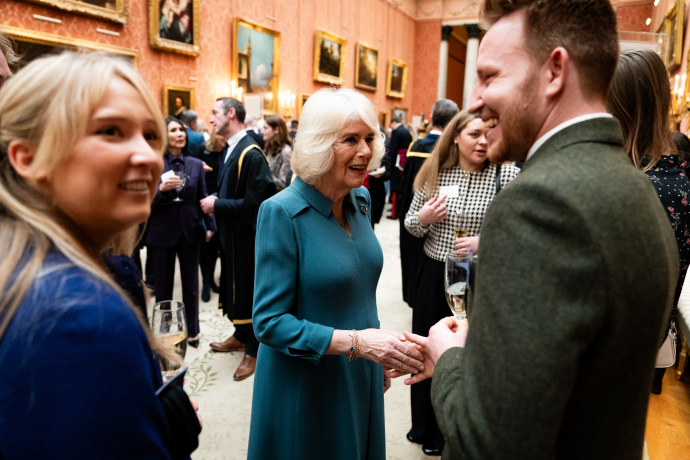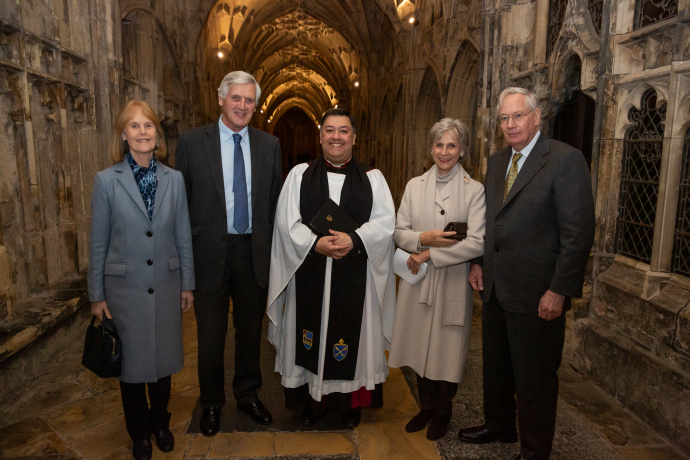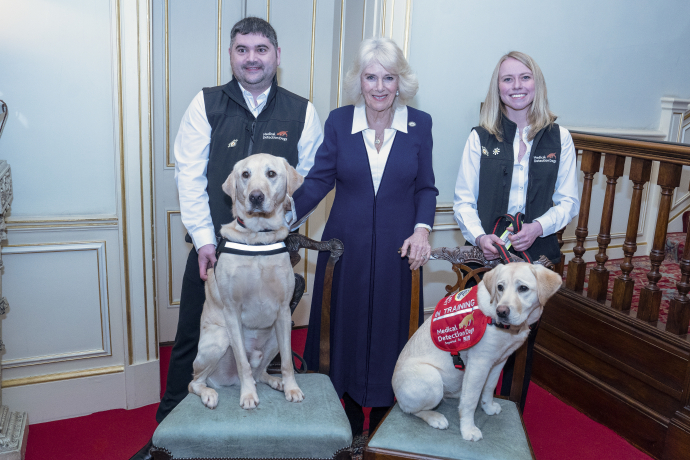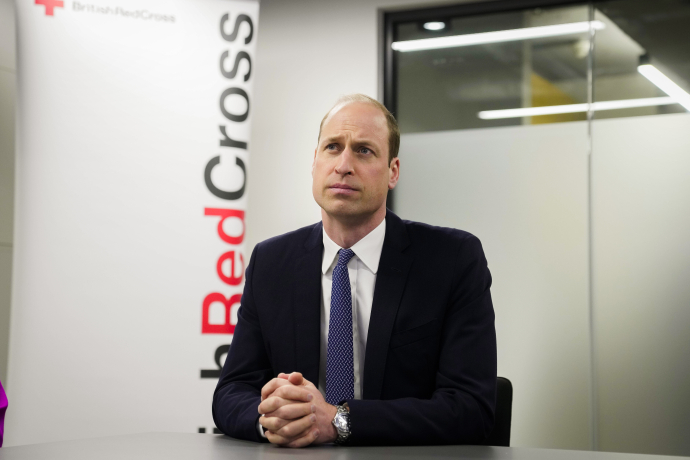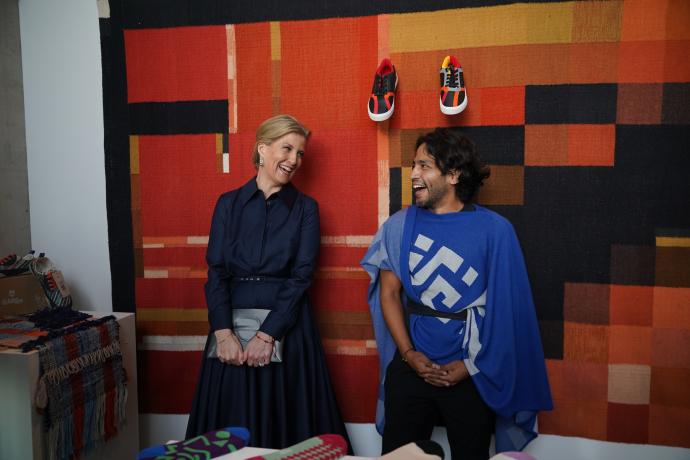The present-day postal service in the UK has Royal origins, beginning in the system used to send Court documents in previous centuries.
For centuries letters on affairs of State to and from the Sovereign's court, and despatches in time of war, were carried by messengers of the Court and couriers employed for particular occasions.
Henry VIII's Master of the Posts set up post-stages along the major roads of the kingdom where Royal couriers, riding post-haste, could change horses.
In Elizabeth I's day, those carrying the Royal mail were to 'blow their horn as oft as they met company, or four times every mile'.
Letters of particular urgency - for example, reprieves for condemned prisoners - bore inscriptions such as 'Haste, haste - post haste - haste for life, for life haste' and the sign of the gallows.
During the reign of James I (1603-25) all four posts of the kingdom still centred on the Court: The Courte to Barwicke (the post to Scotland); The Courte to Beaumoris (to Ireland); The Courte to Dover (to Europe) and The Courte to Plymouth (the Royal Dockyard).
As a means of raising money, Charles I opened his posts to public use. Although public use of the Royal posts increased, the running of the mail continued to centre round the post requirements of the Sovereign's Court.
Until the 1780s the mail did not leave London until the Court letters had been received at the General Post Office.
As late as 1807 Court letters coming into London were, unlike ordinary letters, delivered the moment the mail arrived.
The postal system rapidly spread during Victoria's reign with the introduction of the Uniform Penny Postage in 1840, and the Queen's letters bore postage stamps like everyone else's. Royal messengers continued to carry certain letters by hand.
The increase in the Court's mail led to special postal facilities being provided in 1897 in the form of a Court Post Office - an arrangement which still exists today under the management of the Court Postmaster at Buckingham Palace.
Symbols of the Royal origins of the UK's postal system remain.
A miniature silhouette of the monarch's head is depicted on all stamps; the personal cyphers of The Queen and her predecessors (going back to Victoria) appear on most letterboxes; and the main postal delivery service is known as the Royal Mail.
The image of The Queen which appears on UK postage stamps was designed by Arnold Machin, who originally created it as a sculpture.
Issued on 5 June 1967, it has remained unchanged for four decades. The Queen is shown facing left, wearing the Diamond Diadem, as she does when travelling to the State Opening of Parliament.
It is thought that this design is the most reproduced work of art in history, with over 200 billion examples produced so far.


